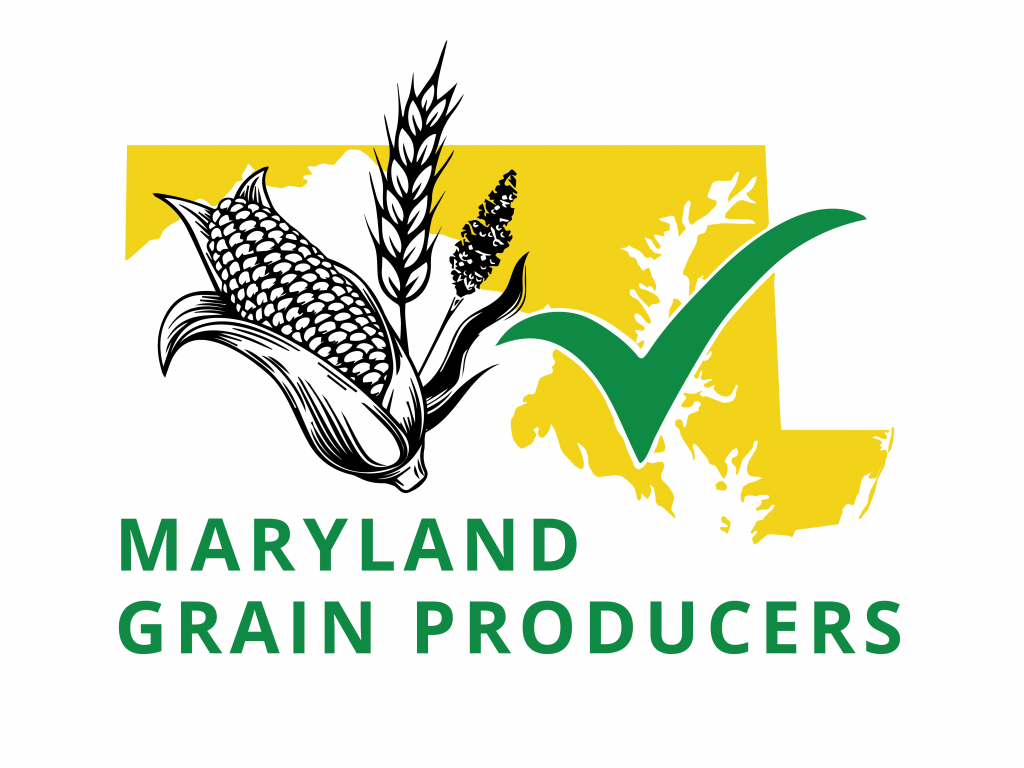Wheat is a winter annual crop, that is planted in the autumn to germinate and develop into young plants. These young plants remain in the vegetative phase during the winter and resume growth in early spring. Wheat used for grain production is usually drilled with a planter after fall harvest. Wheat can also be flown on my a crop duster or spread on. Wheat is a common cover crop grass that Maryland farmers are proud to plant.
Wheat begins growing in the fall before going dormant in the winter. This allows for ground cover to protect soil during the cold winter months. Wheat also takes up nitrogen as it grows, while other cover crops such as clover puts nitrogen in the ground for the next crop.
When planting wheat, little moisture is required. Watch wheat germinate here. Once the soil temperate is below 50 degree Fahrenheit for a period of time, wheat goes into a dormant period and stops growing but does not die off. Once the ground reach 50 degrees Fahrenheit and above for a period of time, the wheat will begin growing again.
Wheat will be ready for harvest late June into July. The combine will collect the seeds from the wheat head leaving the stalk. The stalk, known as straw, can be baled and used for animal bedding or for mushroom compost or the straw can be spread for microorganisms to enjoy. Bales can be small or large square or round! Watch the Peterson Farm Brothers bale straw below.
Facts about Wheat:
- Maryland typically grows soft red winter wheat.
- Soft red winter wheat is consumed by chickens and used to mill flour for cookies, pretzels, and pastries.
- One bushel of wheat weighs approximately 60 pounds.
- One bushel of wheat can produce about 90 pounds of bread or 210 servings of spaghetti.
- One bushel of wheat contains around 1 million individual kernels.

